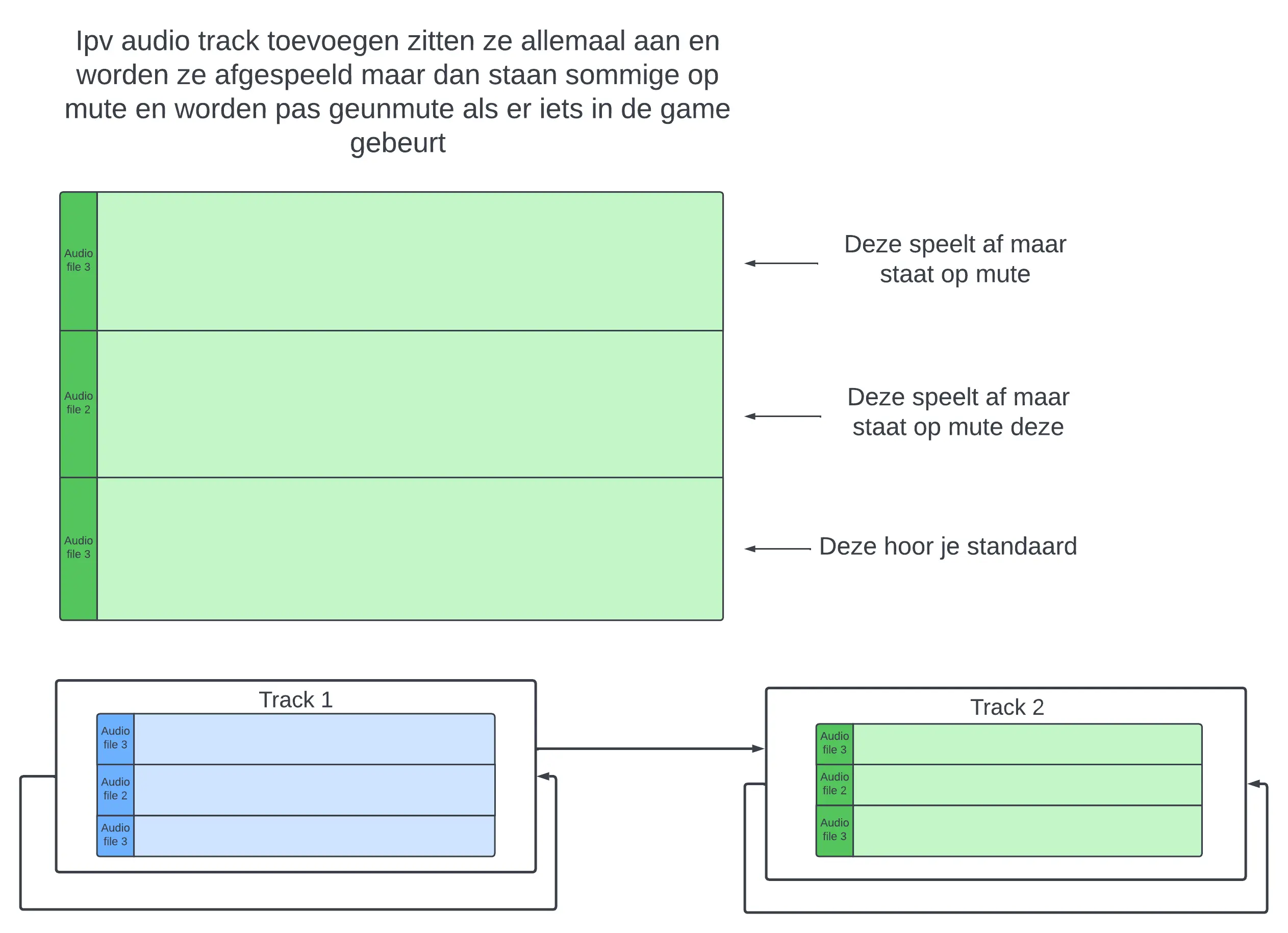Daniel Nijkamp ©
Last Updated:
Project Information
Code Snippets
Project Information


Code Snippets
This is the script which plays/stops a song, handles which layer to turn on and off. and which audioMixerGroups to use since they are being re-used. we decided to use a fade function made by John Leonard French Instead of using Unity's built-in snapshot (I have linked an article of his if you are curious)
